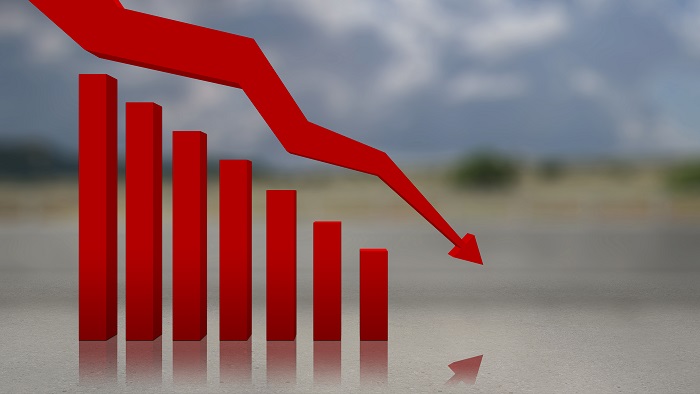Nigeria’s headline inflation rate moderated to 22.22% in June 2025, down from 22.97% in May 2025, according to the National Bureau of Statistics (NBS). This represents a 0.75 percentage point decrease month-on-month and a significant 11.97 percentage point drop compared to June 2024, when inflation stood at 34.19%. It’s important to note that this decline is measured against a rebased Consumer Price Index (CPI) with 2024 as the new base year. While the year-on-year inflation rate decreased, the CPI itself rose from 121.4 in May to 123.4 in June, indicating a continued upward trend in prices. This suggests a complex inflationary picture where the rate of increase is slowing compared to the previous year, but prices are still rising month-to-month.
The month-on-month inflation rate increased to 1.68% in June from 1.53% in May, demonstrating persistent price pressures. The NBS attributed this to increases in key sectors, including food, transport, and housing. Although the annual inflation rate is showing signs of easing, the month-on-month increase underscores the continuing challenges faced by Nigerian consumers. The rising prices of essential goods and services erode purchasing power and contribute to the ongoing cost-of-living crisis.
Food inflation, a major component of the headline inflation, also exhibited a similar dynamic. The year-on-year food inflation rate fell significantly to 21.97% in June 2025 from 40.87% in June 2024, largely due to the base year effect. However, on a month-on-month basis, food inflation rose to 3.25% in June from 2.19% in May. Price increases in essential food items like tomatoes, pepper, dried green peas, crayfish, shrimps, meat, plantain flour, and ground pepper contributed to this rise. The average annual rate of food inflation for the twelve months ending June 2025 was 28.28%, a decrease from the 35.3% recorded in the same period the previous year. This suggests some degree of moderation in food price increases over the longer term.
Core inflation, which excludes volatile food and energy prices, also declined year-on-year, falling to 22.76% in June 2025 from 27.4% in June 2024. Reflecting the broader trend, core inflation saw a month-on-month increase, rising to 2.46% in June from 1.10% in May. This indicates underlying inflationary pressures beyond food and energy, potentially driven by factors such as supply chain disruptions, exchange rate fluctuations, and rising production costs. The 12-month average for core inflation was slightly higher at 24.14% in June 2025 compared to 24.01% in the same period of 2024, suggesting a persistent upward trend in the prices of non-food and non-energy items.
A regional analysis of inflation revealed a similar pattern of declining year-on-year rates but rising month-on-month rates in both urban and rural areas. Urban inflation fell to 22.72% year-on-year but rose to 2.11% month-on-month. Rural inflation decreased to 20.85% year-on-year but slowed to 0.63% month-on-month. The 12-month average inflation for urban areas was 28.16%, while the average for rural areas was 24.65%. State-level data showed significant variations in inflation rates, with Borno experiencing the highest year-on-year inflation at 31.63%, while Zamfara recorded the lowest at 9.90%. Month-on-month, Ekiti saw the sharpest increase at 5.39%, while Zamfara experienced a decline of 6.89%. These regional variations highlight the diverse economic conditions across the country, influenced by local factors such as supply chain disruptions, security challenges, and agricultural production.
The sectors contributing most significantly to the headline inflation index were food and non-alcoholic beverages, restaurants and accommodation services, transport, housing, electricity, gas and other fuels, education, health, and clothing and footwear. These sectors represent a mix of essential goods and services, indicative of the broad-based nature of the inflationary pressures affecting Nigerian households. While the easing of year-on-year inflation may signal some progress in stabilizing macroeconomic indicators, the persistent rise in month-on-month inflation continues to pose significant challenges for consumers. The rising cost of living remains a pressing concern, impacting household budgets and potentially hindering economic growth. The NBS data underscores the need for continued policy interventions to address the underlying drivers of inflation and mitigate the impact on vulnerable populations.


